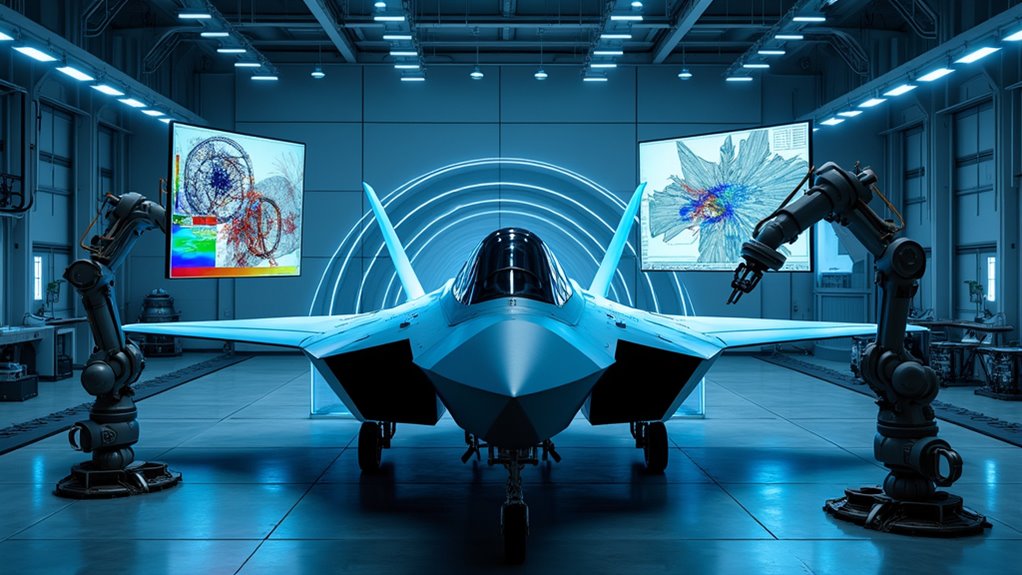Bell is gearing up for digital heroics, teaming with Groq to power six AI data centres across British Columbia—think Iron Man’s lab, but with more hydro-electric juice and fewer flying suits. This partnership gives Canadian companies a homegrown AI playground, sidesteps U.S. data snooping, and cuts the cost of running AI models. Groq’s lightning-fast LPUs do the heavy lifting, while Bell’s fibre keeps things snappy. Want to see how this sci-fi story plays out for real businesses and students?
Even in a world where AI partnerships are announced almost as often as new Marvel reboots, Bell’s latest alliance with Groq stands out—and not just because Groq sounds like the name of a lovable Star Wars droid.
Bell handpicked Groq as its AI inference infrastructure partner, a move intended to crank up both speed and affordability for AI workloads rolling through their soon-to-be-launched data centres.
Here’s what’s happening:
- Bell is building not one, not two, but six AI data centres across British Columbia.
- These are part of the national “AI Fabric” network, aiming to give Canadian businesses and governments a homegrown option for serious AI muscle.
- The first centre opens in June 2025. Mark your calendars—or, you know, set a reminder on your phone.
- The project aims to deliver over 500 MW of hydro-electric powered AI compute capacity, positioning it as the largest initiative of its kind in Canada.
- The facilities will support Canadian businesses and governments seeking high-performance, sovereign AI solutions.
Groq’s LPUs (Language Processing Units, not to be confused with RPGs or other sci-fi acronyms) are the stars here. They promise blazingly fast inference speeds and lower costs per token, meaning running advanced AI workloads gets both quicker and less wallet-draining.
Bell’s own fibre network ties the whole system together, focusing on everything from training and inference to hosting AI applications for clients coast to coast. This infrastructure could help reduce response times by halving disaster response efforts during emergencies across the country.
Why does this matter?
- It’s expected to kickstart job growth and draw AI talent to B.C., nudging the province closer to “AI hub” status.
- Startups and major enterprises alike get a local, sovereign option—no need to ship sensitive data out of the country or rely on foreign cloud providers.
- Even academia gets a boost: Thompson Rivers University will host one centre, letting students and faculty play with next-gen AI, while waste heat from the data centre warms campus buildings. Yes, really.
This project isn’t just another corporate handshake. It’s a multi-million-dollar, government-backed leap towards Canadian AI sovereignty.









